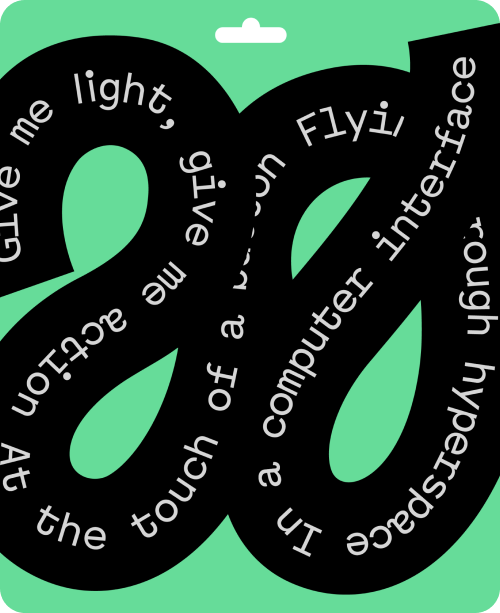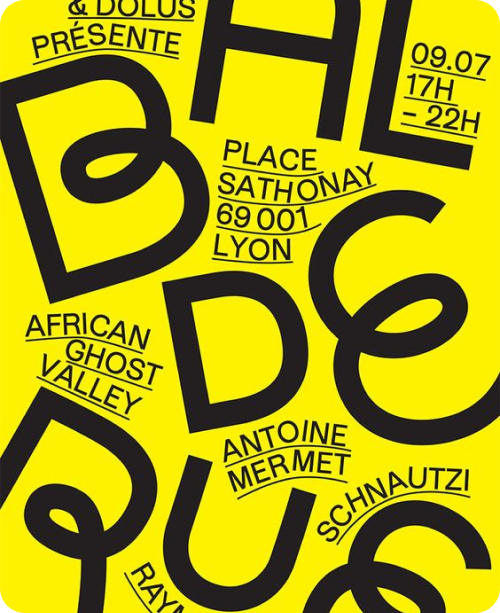Typography Evolution: Tracing the Journey of FreeFonts
GUIDE
Typography, the art of arranging type to make language visible, has undergone a remarkable evolution over the years. From the traditional limitations of print to the dynamic digital era, the landscape of typography has transformed. This article delves into the journey of free fonts, tracing their evolution from the early days to their current role in shaping design accessibility.
The Early Days: Limitations of Traditional Typography
Traditional typography, rooted in the craftsmanship of printing, faced limitations in terms of accessibility and affordability. The intricate process of designing and producing fonts restricted their availability, making them a resource accessible only to a select few. This era set the stage for a transformative shift in the typography landscape.
The Digital Revolution: Birth of Free Fonts
The advent of digital technology revolutionized typography, breaking down barriers and democratizing access to fonts. The shift from print to digital media paved the way for the emergence of free fonts as accessible alternatives. Designers, no longer bound by the constraints of traditional printing methods, could explore and experiment with a wider array of typefaces.
Open Source Movement: Democratizing Typography
The open-source philosophy played a pivotal role in democratizing typography. Collaborative efforts within the design community led to the creation of free fonts available for public use. Open-source font projects encouraged designers to contribute, share, and improve, fostering a sense of community that propelled the evolution of free fonts.
Diversity in Design: Exploring Varied Font Styles
One of the remarkable aspects of free fonts is the diversity they bring to design. Unlike the limitations of traditional typography, free fonts offer a vast spectrum of styles and options. From classic serifs to modern sans-serifs and decorative scripts, designers have access to an expansive palette that caters to different design needs and preferences.
Integration with Design Software: Seamless Workflows
As the popularity of free fonts grew, developers and designers collaborated to ensure compatibility with popular design software. This integration simplified workflows for designers, allowing them to seamlessly incorporate free fonts into their projects. The accessibility of free fonts became a driving force behind their widespread adoption.
Responsive Typography: Adapting to Digital Platforms
The digital age introduced the necessity of responsive design, and typography was no exception. Free fonts played a crucial role in adapting to various digital platforms, ensuring that text remained readable and aesthetically pleasing across different devices. This adaptability became a defining feature of modern free fonts.
Quality and Legibility: Breaking Stereotypes
A common misconception about free fonts revolved around their perceived lack of quality. However, contemporary free font designs have shattered these stereotypes. Designers now create high-quality free fonts with a strong emphasis on legibility, challenging the notion that free means compromising on visual appeal and readability.
Brands Embracing Free Fonts: A Paradigm Shift
Notable brands have started embracing free fonts in their branding strategies, marking a significant paradigm shift. The changing perception of free fonts in professional branding reflects their growing acceptance as legitimate and impactful elements in visual communication. This shift highlights the adaptability and versatility of free fonts in diverse design contexts.
Designer Communities: Shaping the Future of Free Fonts
The evolution of free fonts owes much to the vibrant and collaborative communities within the design world. Designers, typographers, and enthusiasts contribute to the collective growth of free fonts by sharing knowledge, experiences, and insights. These communities play a crucial role in shaping the future trajectory of free fonts in typography.
Typography in the Future: Trends and Innovations
Looking ahead, typography is poised for further evolution with emerging trends and technological innovations. Free fonts will continue to be at the forefront of these changes, adapting to new design requirements and pushing the boundaries of creative expression. Variable fonts, augmented reality, and other advancements will likely influence the future landscape of typography
Global Accessibility: Free Fonts Bridging Cultural Divides
The availability of free fonts contributes to global accessibility in design. Designers can choose fonts that resonate with diverse cultural preferences, fostering inclusivity in visual communication. Free fonts, with their varied styles, play a role in bridging cultural divides and ensuring that design is relatable and engaging on a global scale.
Educational Initiatives: Empowering the Next Generation
Educational initiatives focused on free font usage empower the next generation of designers. Resources and courses provide valuable insights into making informed font choices, encouraging designers to understand the impact of typography on visual communication. Education is key to ensuring that designers are equipped to navigate the evolving landscape of free fonts.
Challenges and Solutions in the Free Font Landscape
While the free font landscape has flourished, it is not without its challenges. Designers face issues such as quality control, licensing complexities, and the sheer volume of available fonts. Strategies for overcoming these challenges include community-driven quality assessments, transparent licensing practices, and curated font collections.
Conclusion
The journey of free fonts in the evolution of typography is a testament to the power of accessibility and community collaboration. From the early limitations of traditional typography to the dynamic digital age, free fonts have become integral to modern design. As they continue to adapt to trends, embrace innovations, and bridge cultural divides, free fonts will play an enduring role in shaping the visual language of the future. The evolution of typography, marked by the democratization of font access, reflects a thriving and inclusive design landscape.


